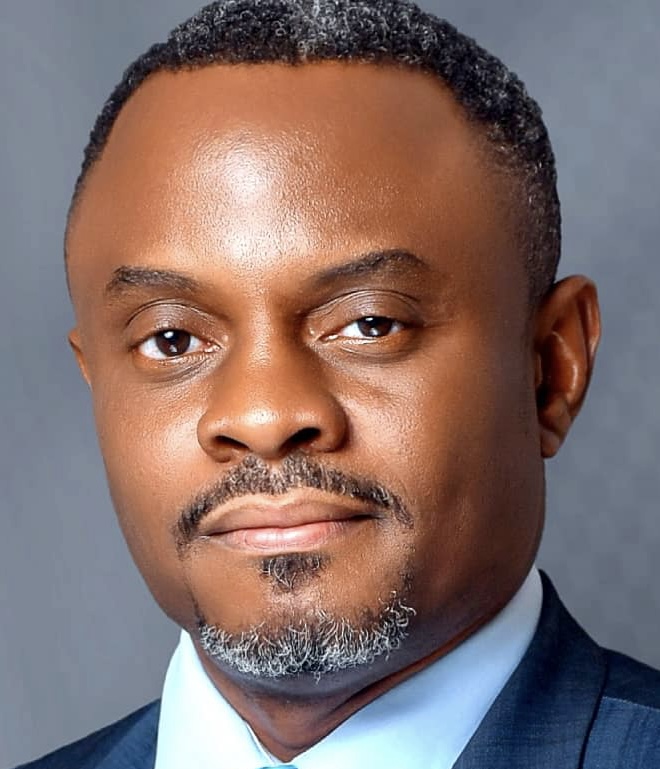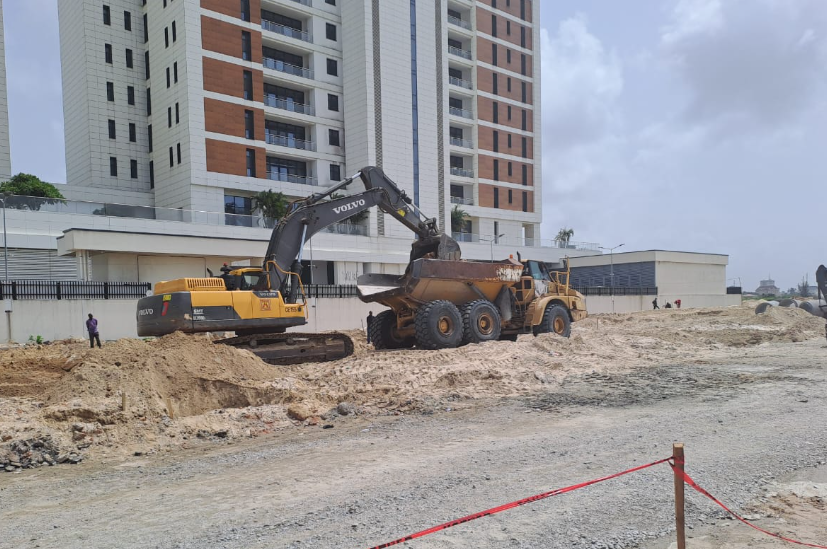As Nigeria accelerates work on the Lagos–Calabar Coastal Highway, arguably its most ambitious infrastructure project in decades, a fundamental question looms. Will this be a road to nowhere, or a pathway to prosperity? The answer won’t be found in its engineering blueprints or budget sheets. Instead, it will be shaped by whether we treat this project as an economic corridor; one that is governed, layered, spatially coherent, and investment-ready. That distinction makes all the difference. Around the world, economic corridors that have worked: China–Pakistan’s CPEC, India’s Delhi–Mumbai Industrial Corridor, Kenya’s Northern Corridor, and Southern Africa’s Maputo Corridor, provide hard-earned lessons Nigeria can no longer afford to ignore.
Lesson 1: Institutions Matter More Than Asphalt
In India, the $100 billion Delhi–Mumbai corridor is driven by a Special Purpose Vehicle jointly owned by the federal government and Japan’s development agency, JICA. This SPV isn’t a ceremonial body. It ensures long-term policy continuity, investment mobilization, and infrastructure delivery across successive governments.
In contrast, Nigeria has begun constructing the Lagos–Calabar highway without any formal coordinating institution. No legislation. No corridor authority. No federal–state joint entity to manage development. Without such a framework, Nigeria risks building a disconnected asset, vulnerable to fragmentation and short-termism.
Advertisement
Lesson 2: Build for Layers, Not Just Lanes
An economic corridor is much more than a road. It is an integration of transport, energy, digital infrastructure, logistics, and enterprise ecosystems. China–Pakistan’s CPEC, for instance, combines power plants, special economic zones (SEZs), fibre-optic networks, and vocational hubs alongside its roads and rail.
Kenya’s Northern Corridor blends port, rail, road, and inland logistics zones into a seamless trading platform. Nigeria must do the same. Along the Lagos–Calabar alignment lie six strategic ports: Apapa, Tin Can, Lekki, Ibaka, Oron, and Calabar. If not linked with industrial zones, railway lines, and high-speed internet, the road will struggle to deliver sustained growth.
Advertisement
Lesson 3: Spatial Planning Is Not Optional
The Maputo Corridor works because spatial planning was built into its DNA. South Africa and Mozambique mapped industrial, housing, and logistics zones in advance, ensuring services and land use matched economic goals.
In Nigeria, however, land around the Lagos–Calabar route is already contested. Without a spatial master plan, including land pooling, zoning, compensation, and trunk infrastructure, the project could fuel land speculation, legal disputes, and displacement. Planning after construction is planning to fail. This gap is already surfacing. During the commissioning of the first 30km of the Lagos–Calabar Coastal Highway in May 2025, President Bola Tinubu warned developers that the Federal Government would enforce road setbacks and withhold compensation for unauthorised structures. His remarks were a clear signal: without a coordinated spatial framework, even the most strategic projects become vulnerable to encroachment, speculative abuse, and legal disputes.
Lesson 4: Money Follows Structure
Where governance is coherent, capital follows. In less than a decade, CPEC mobilised over $60 billion in investments. The Maputo Development Corridor attracted close to $5 billion in private capital through public–private partnerships and clear regulatory structures.
Nigeria should emulate this by publishing an annual Lagos–Calabar Corridor Investment Prospectus, detailing bankable projects, incentives, PPP frameworks, and land availability. Infrastructure finance does not chase uncertainty. It follows clarity, credibility, and coordination.
Advertisement
Lesson 5: Inaction Has a Cost
If Nigeria gets this wrong, the cost will not just be fiscal. It will be generational. Our research highlights four potential futures:
- A transformational scenario, where the corridor adds 2–3% to GDP annually and creates over 500,000 jobs across trade, tourism, real estate, and logistics.
- An incremental scenario, where a few regions like Lekki benefit while others lag.
- A regressive scenario, where the road is built but disconnected, underused, and unsustainable.
- Or an unfinished scenario, where political delays and financial bottlenecks leave sections abandoned, communities disrupted, and trust eroded.
Only one of these scenarios leads to transformation. The others lead to regret.
Roads Don’t Transform Economies. Systems Do
Advertisement
Nigeria must unlearn the logic that building a road equals development. Corridors that work are not defined by tarmac but by the systems around them – governance institutions, land use frameworks, performance metrics, and capital pipelines.
We don’t need just another road. We need a coordinated economic corridor that connects people, ports, production, and prosperity. If we want the Lagos–Calabar project to be remembered not just as a headline, but as a turning point, we must act decisively and differently.
Advertisement
Agbonika, PhD, is the lead consultant at Policy Delivery International, a strategic advisory on governance and policy reforms.
📨 [email protected]
Advertisement
Views expressed by contributors are strictly personal and not of TheCable.










